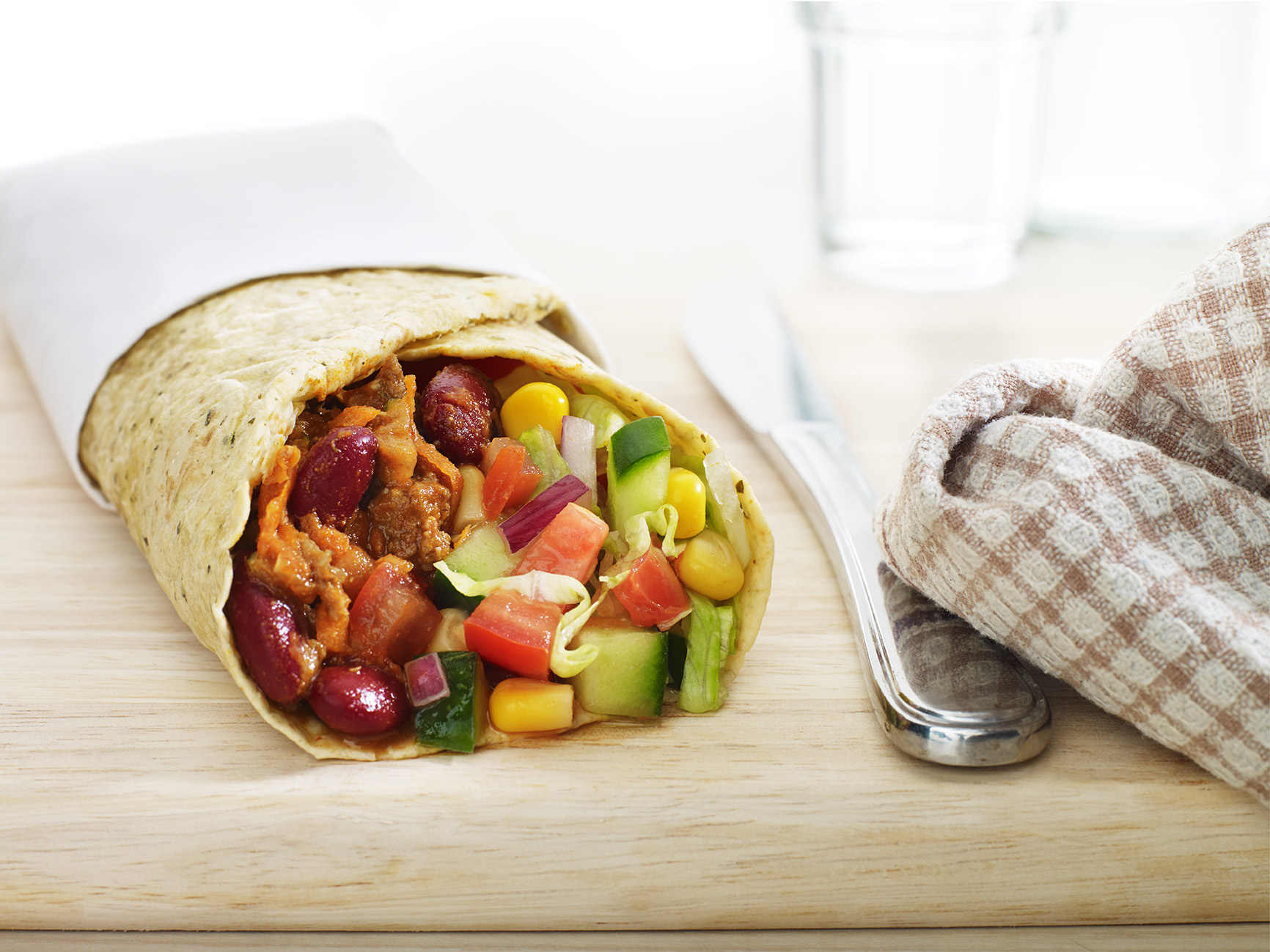What counts as fruit and vegetables?
Different fruit and vegetables can help protect the body in different ways, so choose a variety of fruit and vegetables to get your daily serves.
- Put a variety of colourful fresh, dried, frozen and canned fruit and vegetables at the top of your shopping list every week.
- Add a mixture of raw and cooked fruit and vegetables in a variety of colours, every day.
- Legumes (e.g. lentils, kidney beans, chickpeas) also count towards your vegetable serves.
- Think of all the different parts of the plant – leaves, roots, stems or fruit – for breakfast, lunch and dinner.
Get the most out of your COLOURFUL 2 and 5
- Select colourful fruits and vegetables that are in season for the best tasting, best quality, most nutritious and greatest value for money.
- Fruit and vegetables don't have to be eaten on their own: they also count if they're part of a meal or dish e.g. stir fry, stew, pasta sauce, smoothie.
- Choose fresh fruit instead of fruit juice or dried fruit. Juices have a lower fibre content than fresh fruit. Dried fruit, if eaten in large quantities, can contribute to tooth decay because it contains a concentrated form of sugar that sticks to your teeth.
For more great ideas, check out our handy hints and tips.
Fruit and vegetables to limit or eat in small amounts
| Fruit juices | These provide energy (kilojoules) but most don’t have any dietary fibre. This means that you don’t feel as full as if you ate whole fruit. Juices are acidic and can have an erosive effect on teeth. |
|---|---|
| Dried fruit | Dried fruit can stick to the teeth and increase the risk of tooth decay. |
| Salted, dried, fermented or pickled vegetables | Some of these foods have been associated with an increased risk of some cancers. |
| Chips | Fried vegetables such as potato and vegetable chips and crisps, add extra kilojoules and salt. These foods don’t count as part of your 5 serves of vegetables every day. |
